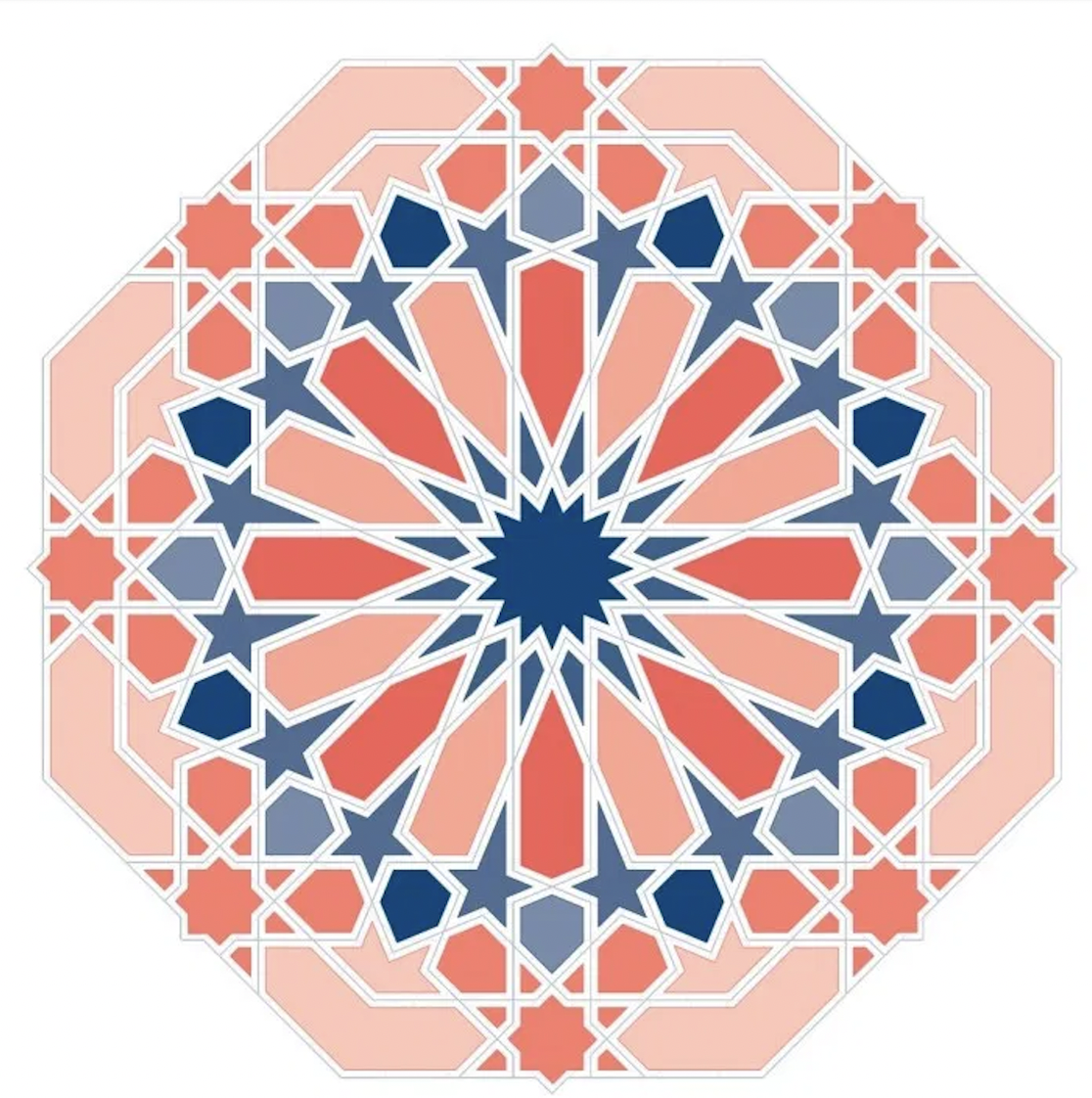The Story of Pakistan: 75 Years of Independence
This year we celebrate 75 years of Pakistan’s Independence. However many people are not aware of the story of Pakistan, why it was created and its integral connection with India. It is a long and rich history which goes back well before 1947.
Muslims and Hindus had lived together more or less cohesively under Muslim rule in India for more than 600 years. In fact, there had been a strong presence of Muslims in India for well over 1,000 years, as Muslims traded with India and some intermarried, settled and governed areas within the subcontinent.
The British formally colonised India in the nineteenth century, and Queen Victoria became its sovereign from 1858. The British were in the minority, and to stay in power they used their infamous divide and rule tactic – exacerbating divisions between Muslims and Hindus.
Muslims in India were a very large minority. There are still more Muslims in India than in Pakistan. However, Muslims began to feel excluded from the Indian National Congress’ campaign for independence from the British.
The idea for separate land for Muslims was born out of this disaffection.
Muhammad Iqbal, the great Indian poet and philosopher was actually the visionary behind the Islamic republic of Pakistan; his life and works have shaped Muslim thought and living history, especially in the subcontinent.
Although Iqbal died before India’s partition took place, his connection to this history is pivotal. In Iqbal’s 1930 Presidential Address at the All-India Muslim League conference in Allahabad, he called for Muslims in India to have autonomy and self-governance. He believed this should include the Muslim majority provinces of Punjab, North West Frontier Province, Sindh and Baluchistan.
After Iqbal’s revolutionary address, the idea of a separate nation for Muslims in India took flight. It was eventually followed through by Muhammad Ali Jinnah, the first Governor General of Pakistan and the rest is history as we know it.
The Lahore Resolution in March 1940, formalised this concept of Pakistan; and once the idea was officially adopted, there was no going back. The Resolution called for Muslim majority provinces to have self-governance; to be "Independent States in which the constituent units shall be autonomous and sovereign".
The Lahore Resolution annihilated the possibility of a united India, and subsequently many Muslims turned away from being accepted into the Congress, instead forming their own demands for a separate homeland where their religion and culture would be protected.
The manner in which India was eventually partitioned was not what Jinnah envisioned or wanted, according to historian Ayesha Jalal. India was carved up in a brutal manner.
After depleting their resources following the second world war, the British wanted to get out of India as quickly as possible. They left a trail of disaster and destruction behind them. The consequence of which, the world is living with today especially the inhabitants and diaspora of South Asia.
The partition lines were drawn by imperial map maker and British judge, Cyril Radcliffe, who arrived in India on 8 July 1947 to carry out the task and stayed in the country only six weeks. He had never been to India, and knew nothing of the country and its people, yet divided it in just 36 days.
Pakistan was split into a West and East Pakistan, which was separated by 1,000 miles (1,600 km), with India in-between. There was also no straightforward land route nor direct lines of communications.
Whether the partition of India was the right or wrong thing to do is a debate that still sparks much polarised opinions and emotion. For some it was a catastrophic moment that divided India; for others, it was the only option for Muslims to keep their faith and way of life.
Despite all the hardships and struggles faced by Pakistan over the years, it has made a positive impact on the world stage including in science, education, cuisine, language, arts and heritage. The people are hospitable, warm and resilient.
Pakistan is a land of beauty and diversity; it has been voted as the best holiday destination by Conde Nast Traveller in 2020. Pakistan continues to be an enticing place for vloggers and influencers and hopefully has a very promising future ahead.

